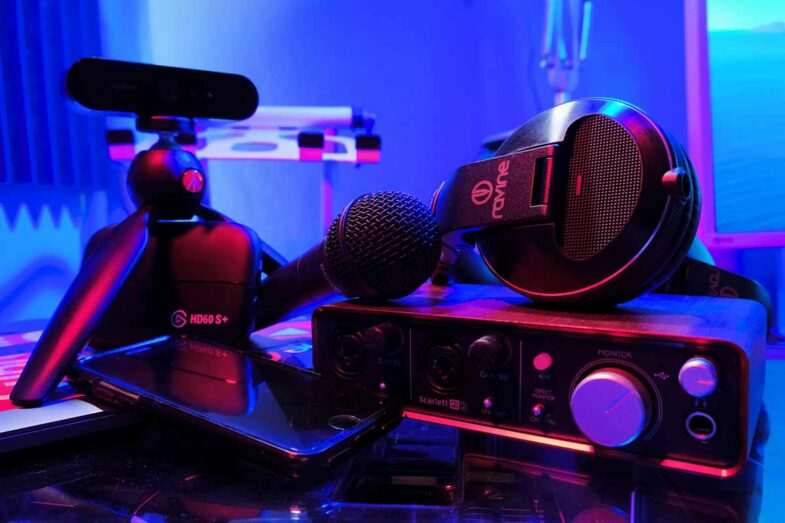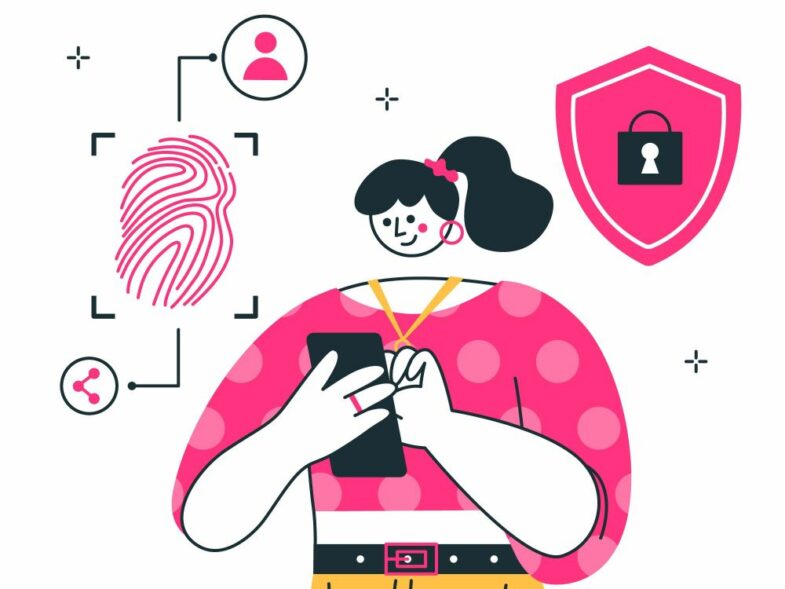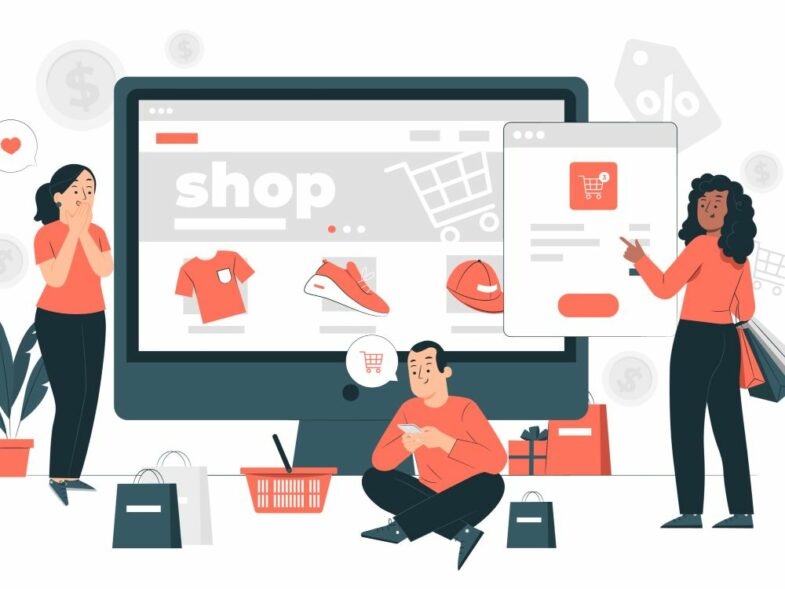Creativity may seem spontaneous, but every masterpiece follows a structured process that refines ideas into finished work. Today, technology is an essential tool for artists, simplifying tasks and enabling smooth edits. Digital tools do more than handle routine work—they enhance potential, letting creators focus on their craft. Here’s how you can use these advancements to improve your creative process.
The Power of Simplification
Simplification is vital in creativity. Tasks such as transcribing notes or converting files can consume valuable time, hindering the creative flow. Digital tools enable creators to complete these tasks swiftly, granting them the freedom to innovate. For instance, using PDF to Word without losing formatting makes editing easier, freeing time for brainstorming and idea development.
Efficiency is central to a successful creative process. By removing time-consuming tasks through technology, you can concentrate on improving and expanding your ideas. Software that allows easy editing and refining content without starting from scratch saves considerable time. This efficiency shifts the focus from administrative duties to refining ideas, enhancing the overall quality of your output.
Automation further simplifies repetitive tasks. By automating activities such as data entry or file organisation, countless hours can be saved, enabling creators to address more critical aspects of their projects. Embracing simplification through digital tools optimises the creative process, ultimately improving productivity and output quality.
Editing with Precision and Ease
Editing is an integral yet often laborious part of creativity. Traditional methods can be cumbersome, involving tedious manual revisions. Digital editing tools have revolutionised this stage, offering precision, ease, and flexibility. With the advancement of technology, editing has become less about correcting mistakes and more about enhancing creativity.
Advanced software provides meticulous control over every detail of your work. Features like version history and undo options ensure changes are reversible, encouraging experimentation without the risk of losing original ideas.
These tools also support collaboration, allowing multiple contributors to work on a project in real-time. By incorporating these tools into your process, you enhance the quality and efficiency of your work, achieving richer and more polished results.
Moreover, the availability of AI-powered editing tools can dramatically improve your ability to refine content. These tools offer grammar suggestions and style improvements while learning from your preferences to enhance future content. Leveraging these advanced features increases productivity and leads to more creative and tailored outcomes, reflecting your unique style and voice.
The accessibility of editing tools across different devices further simplifies the process. Being able to edit on the go, whether via a tablet or smartphone, ensures that creativity is never hindered by location. This flexibility enhances workflow, allowing you to make instant edits and updates as ideas develop. Embracing digital editing tools is a significant step toward achieving precision and efficiency in your creative pursuits.
Creating Seamlessly Across Platforms
Creators work across multiple platforms, from digital art to writing, each with its tools and formats. Technology enables smooth transitions, keeping creative vision consistent across different media.
Software supporting cross-platform compatibility enables smooth transitions, whether moving between devices or converting formats for various publishing needs. Mastering these tools allows creators to maintain a fluid creative process, adapting to different requirements without compromising quality.
Integrating cloud storage solutions ensures that projects remain accessible from any device, facilitating a continuous creative process. This accessibility allows for capturing and developing ideas as they occur without technical limitations. Working across platforms seamlessly is fundamental in a modern creative strategy.
Moreover, having access to specialised tools that function cohesively enhances the depth and breadth of creative work, whether you’re a graphic designer, writer, or musician. Embracing cross-platform capabilities is essential for maintaining a robust and versatile creative process.
Collaborating in a Connected Environment
Collaboration is fundamental to many creative projects. Yet coordinating ideas and feedback across distances can be challenging. Digital platforms remove these barriers, offering collaborative features that connect creators globally. Communicating and sharing ideas in real time is a transformative aspect of modern creativity, allowing for more dynamic and interactive processes.
Tools supporting real-time collaboration make sharing ideas and receiving feedback easier than ever. These platforms encourage diverse perspectives, leading to richer ideas and more comprehensive creative solutions. Leveraging these digital avenues enables creators to build robust networks, learn from peers, and collectively push the boundaries of their craft.
Incorporating communication tools such as video conferencing and instant messaging further enhances the collaborative experience. These tools facilitate deeper discussions and brainstorming sessions, where ideas can be developed collectively and efficiently. By embracing these collaborative innovations, creators can foster an environment of continuous learning and improvement, ultimately leading to more impactful creative work.
Furthermore, collaborative platforms often feature integrated project management tools, streamlining the coordination and execution of tasks. This integration ensures that creative teams remain aligned and focused, enhancing productivity and the quality of the final output. Engaging with digital collaboration tools is crucial for thriving in a connected creative landscape.
Embracing Continuous Innovation
The digital world changes quickly, with new tools constantly emerging. Staying informed helps creators improve their processes and explore new possibilities. Adopting new technology boosts creativity, enhances productivity, and expands creative potential.
Adopting the latest creative software or exploring AI-enabled tools can significantly impact your process. Balancing traditional methods with new technologies enables you to craft unique creations. Integrating new tools into your creative journey keeps you adaptable and ready to tackle new challenges.
Participating in workshops and online courses can be an effective strategy for staying informed about the latest trends and tools. These opportunities provide valuable insights and practical skills, enabling swift adaptation of new technologies in your work. Prioritising continuous learning ensures that your creative process remains vibrant and innovative.
Engaging with creative communities and forums offers valuable opportunities to learn from others and share insights. These interactions can lead to discovering new tools and techniques, enriching your creative toolkit. Embracing continuous innovation is vital for a thriving, forward-thinking creative process.
Incorporating digital tools into your creative work can significantly enhance productivity and quality. By simplifying tasks, enabling precise editing, allowing seamless creation across platforms, fostering collaboration, and embracing innovation, creators can focus more on their passion and less on logistics. The digital realm is essential to the creative process; embrace it to watch your creativity flourish.









